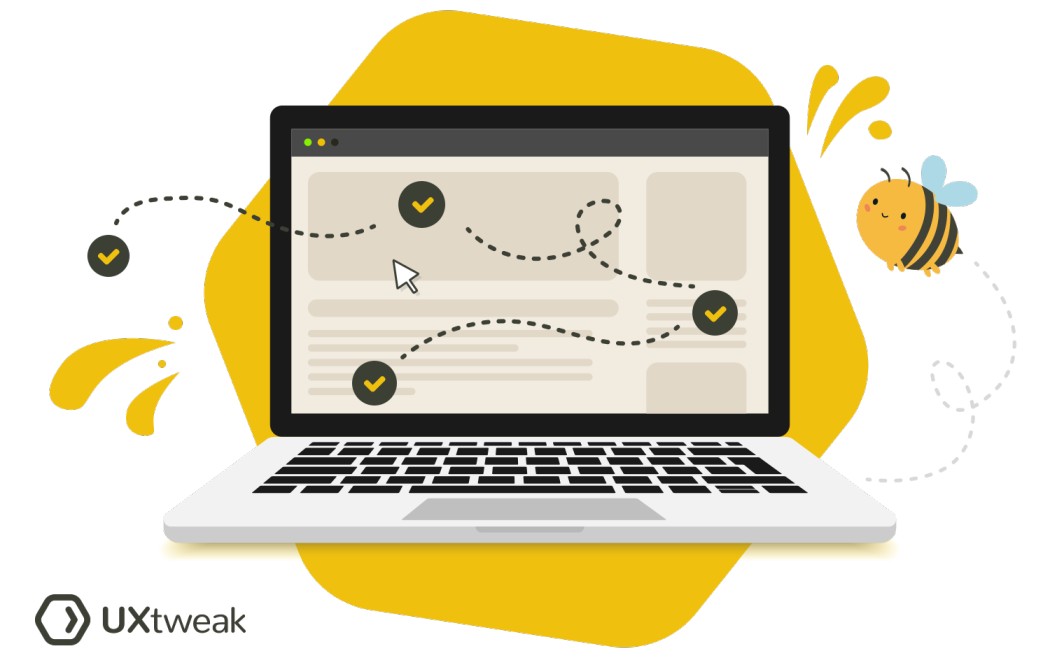What are the benefits of usability evaluation?
- Improves user satisfaction: A usability evaluation can help to identify design flaws that affect overall user experience. By addressing these, user satisfaction can be greatly improved.
- Reduces development costs: Detecting and addressing usability issues early in the design process can save significant development costs down the line. It’s cheaper to fix issues at the design stage than after the product has been built.
- Boosts conversion rates: Improving usability can lead to higher conversion rates in the long run. If users can navigate your product easily and achieve their goals, they are more likely to make a purchase or return to you again.
- Enhances the quality of your product: Usability evaluation helps to enhance the overall quality of a product by focusing on improving users’ interactions with it and their overall experience.
When should you conduct a usability evaluation?
Usability evaluations should be conducted at various stages of the product development process. Starting early in the design phase allows teams to identify and address potential usability issues before they become too ingrained. Further evaluations should be conducted after major design changes, and just before product release. Post-launch evaluations can also provide valuable insights for future updates or redesigns.
What are usability evaluation methods?
There are several methods used in usability evaluation, including but not limited to:
- Usability Testing: This involves observing real users as they interact with your product and giving them tasks to complete.
- Heuristic Evaluation: Experts use established heuristics or principles to evaluate the system.
- Cognitive Walkthrough: This method involves experts going through tasks step by step to identify potential problems.
- Think Aloud Protocol: Users verbalize their thought process as they interact with the system.
- Surveys and Questionnaires: Such as System Usability Scale where users are asked about their experiences with the system.
How to do a usability evaluation?
To conduct a usability evaluation, follow these steps:
- Define Your Goals: What do you want to learn from the usability evaluation? What aspects of your design are you unsure about?
- Choose Your Evaluation Method: Select the appropriate usability evaluation method(s) based on your objectives.
- Recruit Participants: Identify and recruit participants who match your target user demographics.
- Design the Evaluation: Develop tasks that the participants will complete. If you’re conducting a test, create a script or guidelines for the moderator.
- Run the Evaluation: Conduct the evaluation, ensuring to document everything carefully.
- Analyze Results: Analyze the data to identify patterns, issues, and areas of success.
- Make Improvements: Use your findings to improve the product, fix problems and enhance user experience.
FAQ
Usability evaluations should be conducted at multiple stages of the product development cycle. However, the frequency may vary based on factors such as budget, resources, timeline, and the complexity of the product. As a rule of thumb, evaluations should be done whenever significant design decisions are made.
While usability experts can certainly provide a deeper, more nuanced analysis, many methods of usability evaluation can be conducted by non-experts as well. Online usability testing tools and guidelines are available to help anyone conduct basic usability tests.
Usability evaluation is a comprehensive process used to assess the usability of a product, using various methods. Usability testing, on the other hand, is a specific method within usability evaluation that involves real users completing tasks with the product while observers monitor their interactions.







